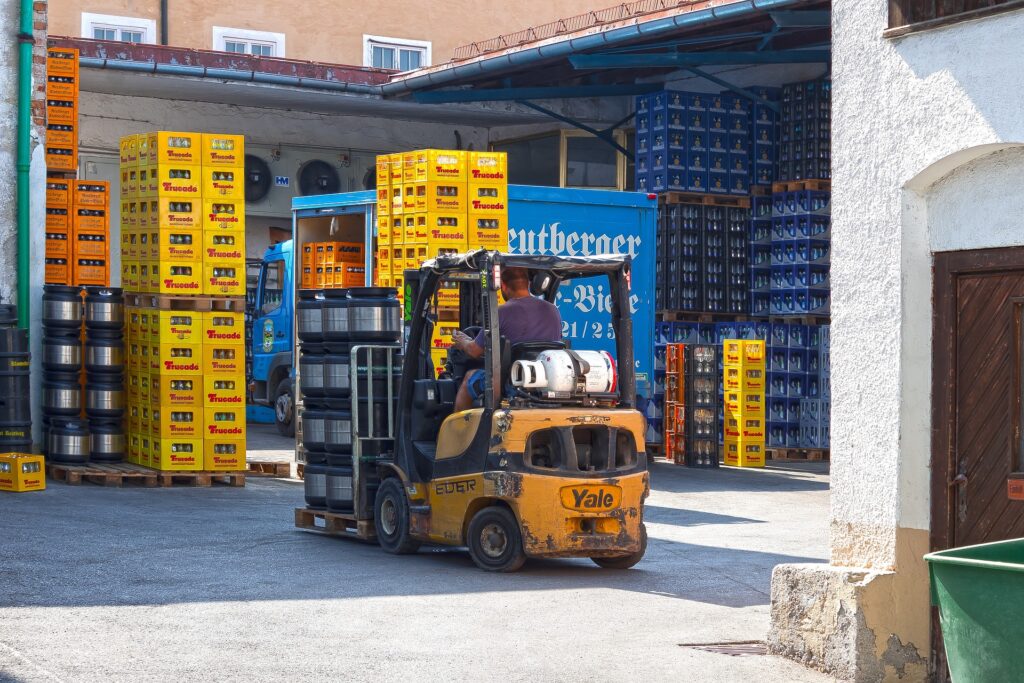In a bustling warehouse environment, the safety of workers and the efficient movement of goods are paramount. Forklifts, which are indispensable tools in material handling, can pose significant risks if not operated with caution. To mitigate the potential dangers and improve operational efficiency, innovative technologies such as Ultra-Wideband (UWB) are being utilized for forklift collision avoidance systems. In this article, we will explore the benefits and applications of UWB technology in forklift collision avoidance and how it is revolutionizing warehouse operations.

Ultra-Wideband (UWB) technology is a wireless communication method that utilizes a wide range of frequencies to transmit data over short distances. This technology has gained prominence in recent years due to its exceptional accuracy in localization and tracking applications. UWB operates by measuring the time it takes for signals to travel between transmitters and receivers, allowing for precise positioning and distance calculations.
Forklift collisions can result in severe injuries to workers, damage to infrastructure, and costly downtime. UWB technology offers a reliable and effective solution for collision avoidance in warehouse environments. By equipping forklifts with UWB transmitters and installing UWB receivers in strategic locations throughout the facility, real-time tracking and monitoring of forklifts and personnel can be achieved. When two or more UWB-enabled objects come within a specified distance of each other, an alarm can be triggered, alerting operators to potential collision risks and allowing them to take immediate corrective actions.
UWB technology provides unparalleled accuracy in locating and tracking objects within a warehouse. Traditional collision avoidance systems, such as proximity sensors or cameras, may have limitations in complex environments with multiple obstructions. UWB overcomes these challenges by using precise distance measurements and direct line-of-sight calculations. This allows for accurate positioning of forklifts and personnel in real time, enabling operators to make informed decisions and avoid potential collisions with other vehicles, racks, or pedestrians.
Beyond safety enhancements, UWB technology also contributes to improved operational efficiency in warehouse environments. By providing real-time location data, managers can optimize forklift routes, monitor traffic patterns, and identify bottlenecks in workflows. This information allows for better planning of resources, reducing unnecessary travel time, and increasing overall productivity. Additionally, UWB-enabled systems can integrate with warehouse management software, enabling automated inventory tracking, load management, and seamless coordination between forklift operators and other personnel.
UWB technology is highly scalable and adaptable to a wide range of warehouse environments. Whether it's a small storage facility or a large distribution center, UWB-based collision avoidance systems can be tailored to suit specific needs. The flexibility of UWB enables easy expansion or modification of the system as warehouse layouts change or operations expand. This adaptability ensures long-term viability and investment protection for warehouse owners and operators.
Incorporating UWB technology into forklift collision avoidance systems brings significant benefits to warehouse operations. Moreover, the accuracy of UWB localization enables better operational efficiency, leading to optimized workflows and increased productivity.
Prev:Exploring the Power of BLE Modules: Revolutionizing Connectivity
Next:The Importance of Choosing the Right Cow Ear Tag Manufacturer
Copyrights© Shenzhen Skylab Co.,LTD All Rights Reserved.

